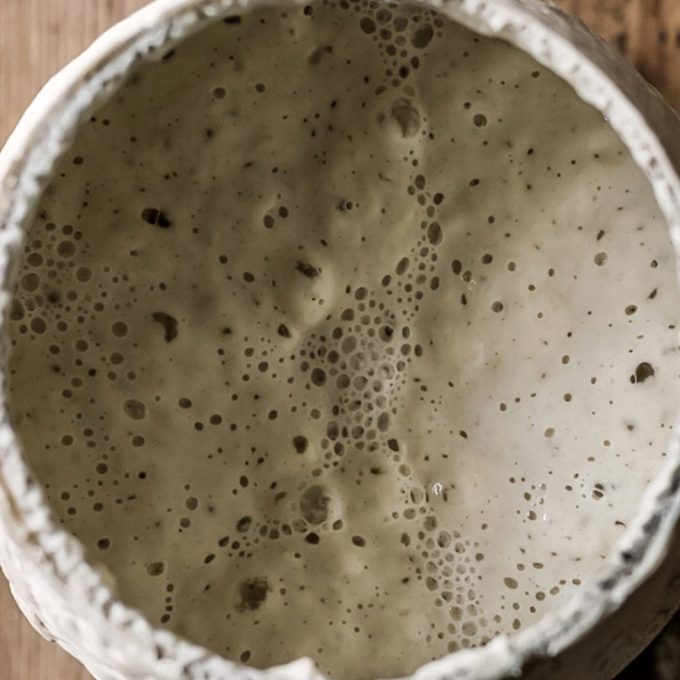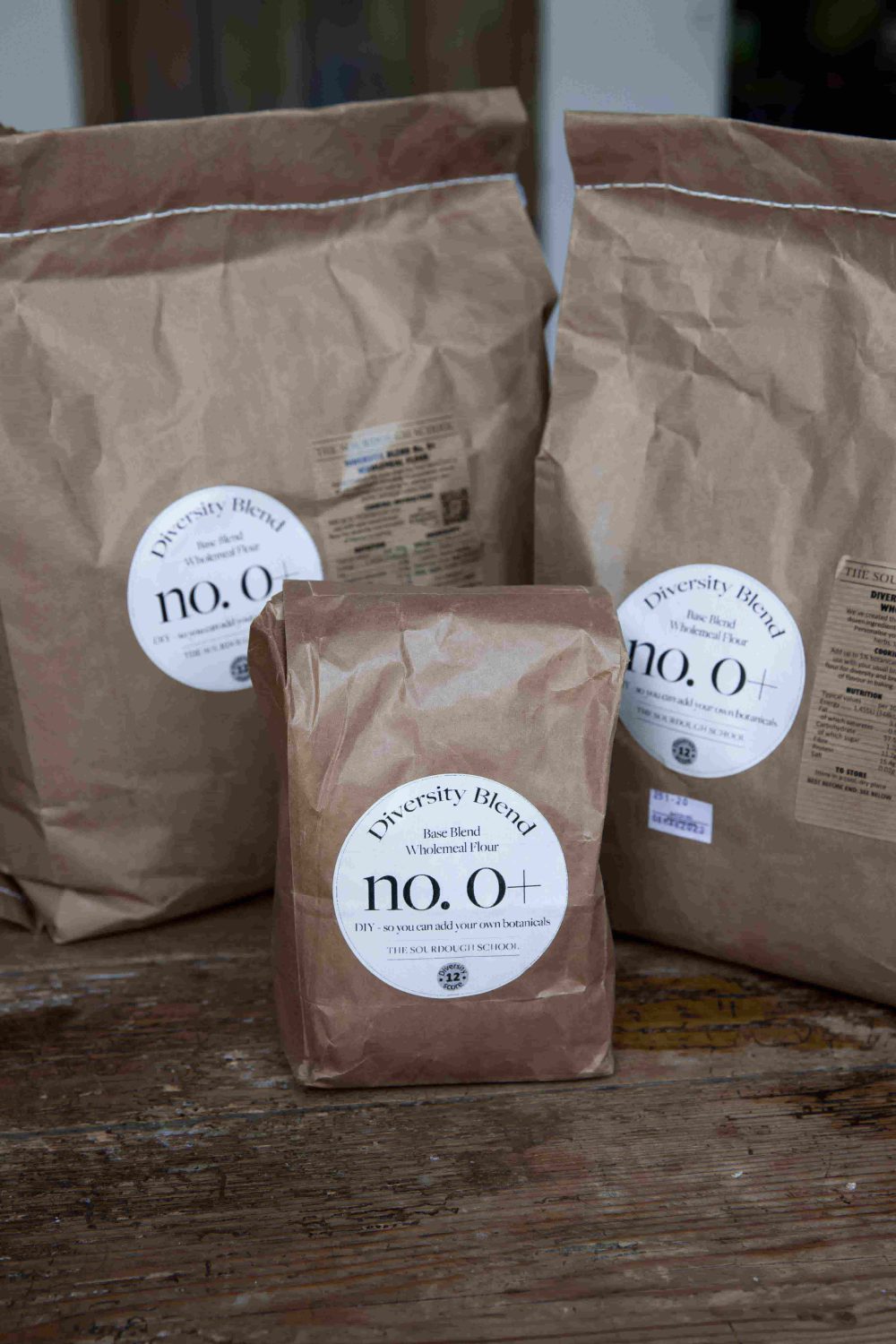What Is Candida humilis?
Candida humilis, formerly known as C. milleri, is a species of wild yeast found naturally in sourdough cultures. It thrives in acidic environments, where it coexists with lactic acid bacteria. Together, they create the complex balance of acids and gases that give sourdough its characteristic rise and flavour.
Unlike baker’s yeast (Saccharomyces cerevisiae), Candida humilis does not dominate fermentation. Instead, it develops slowly, producing less carbon dioxide but allowing more time for organic acids to form. This results in a tangy taste, improved keeping quality, and greater nutritional benefits.
Why Does Candida humilis Matter?
The role of Candida humilis goes beyond flavour. Its slower fermentation supports the production of organic acids, which can lower the glycaemic response of bread. These acids also make minerals such as calcium and magnesium more bioavailable. At The Sourdough School, we teach how these microbial interactions support gut health, linking baking directly to lifestyle medicine.
Courses such as the Introduction to Baking as Lifestyle Medicine explore this science in accessible ways, while our Diploma programmes dive deeper into the role of microbes like C. humilis in nutrition and wellbeing.

Candida humilis and the Gut Microbiome
When combined with lactic acid bacteria such as Lactobacillus sanfranciscensis, Candida humilis creates a symbiotic ecosystem in the starter. This partnership reduces antinutrients like phytic acid and generates compounds that feed beneficial gut microbes.
Our Proven Bread subscription, developed with Meadow Blend Flour and baked by Peter Cook’s Bakery, is designed around these principles. Every loaf harnesses the action of wild yeasts like C. humilis to deliver fibre diversity, fermentation, and flavour in a way that industrial bread cannot.
A Natural Alternative to Industrial Shortcuts
In industrial baking, speed often replaces fermentation. Additives such as calcium propionate are used to delay mould growth, but slow fermentation with Candida humilis achieves this naturally. This is why our teaching, whether through workshops, retreats, or The Sourdough Club, emphasises how bakers can work with, not against, natural fermentation.
Learning Through Practice
At The Sourdough School, students are encouraged to bake with starters containing Candida humilis. By observing how dough behaves under different conditions, they see first-hand how flavour and nutrition evolve. Both the retreats and structured courses offer the chance to deepen this practice, while nutrigenetic testing and assessments help tailor bread choices to individual health needs.
 Prebiotic
Prebiotic



